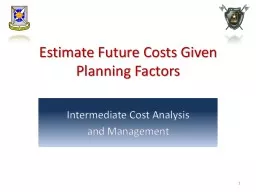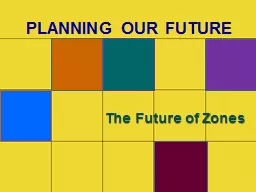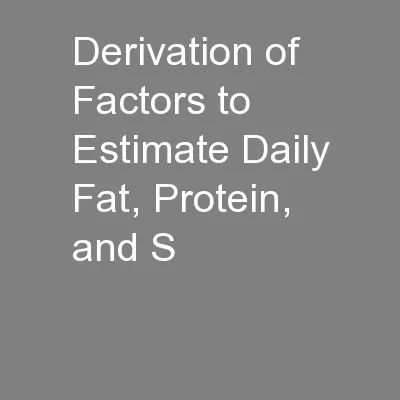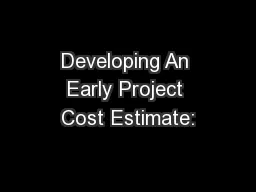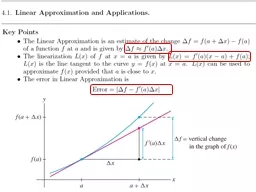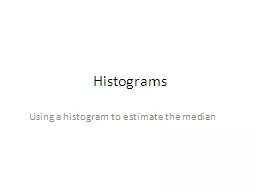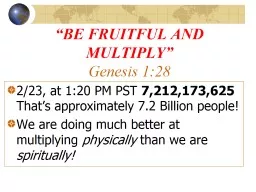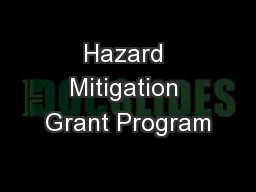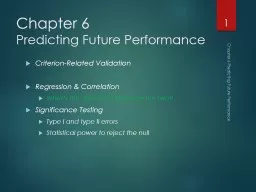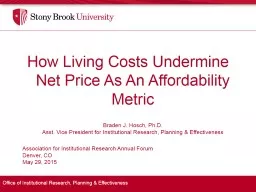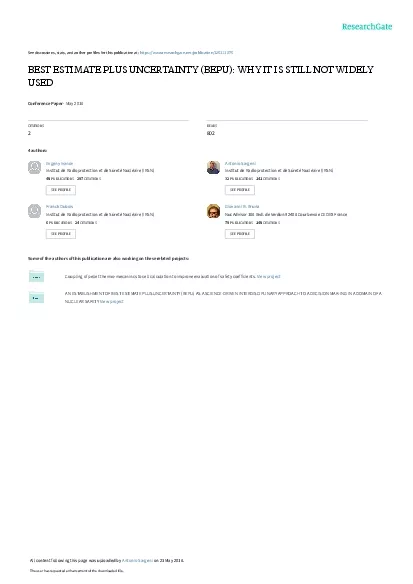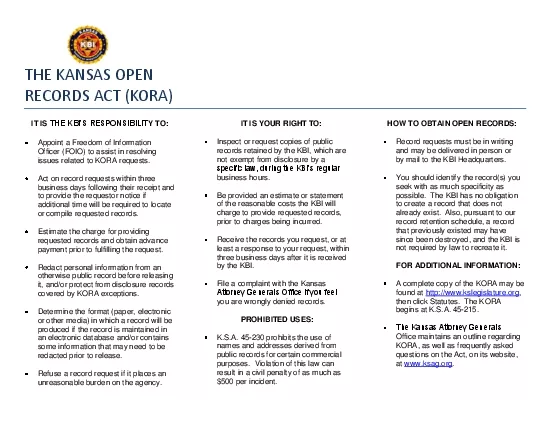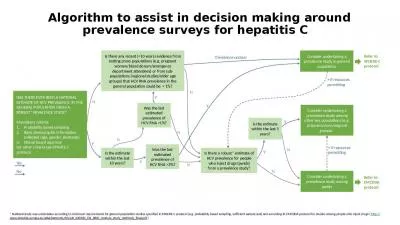PPT-Estimate Future Costs Given Planning Factors
Author : mitsue-stanley | Published Date : 2018-11-09
Intermediate Cost Analysis and Management 1 If Cost is No Object Which Do You Want or if nobody knows the cost 2 Terminal Learning Objective Action Estimate Future
Presentation Embed Code
Download Presentation
Download Presentation The PPT/PDF document "Estimate Future Costs Given Planning Fac..." is the property of its rightful owner. Permission is granted to download and print the materials on this website for personal, non-commercial use only, and to display it on your personal computer provided you do not modify the materials and that you retain all copyright notices contained in the materials. By downloading content from our website, you accept the terms of this agreement.
Estimate Future Costs Given Planning Factors: Transcript
Download Rules Of Document
"Estimate Future Costs Given Planning Factors"The content belongs to its owner. You may download and print it for personal use, without modification, and keep all copyright notices. By downloading, you agree to these terms.
Related Documents

